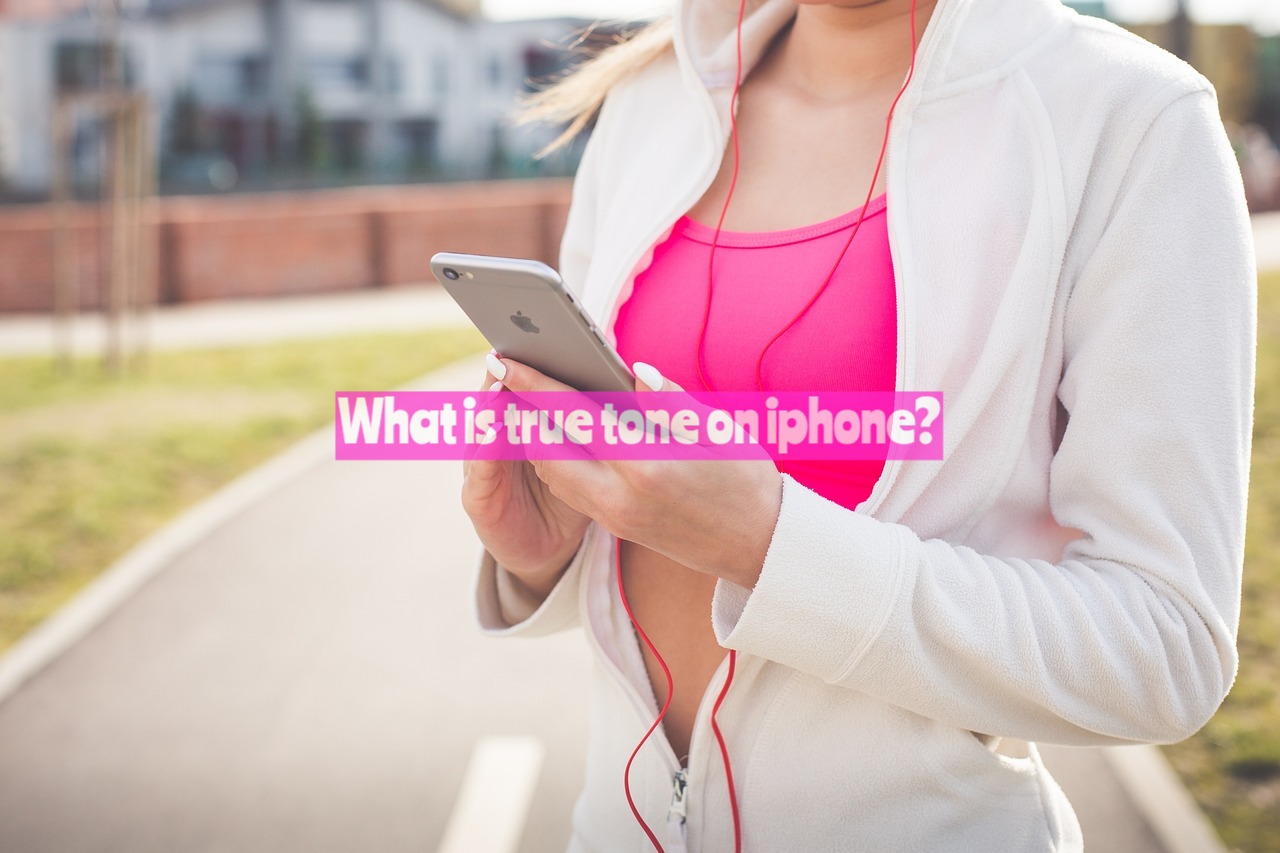In the world of ever-evolving tech, it can sometimes be a little challenging to keep up with all the jargon and the multitude of iPhone features that Apple introduces with each new update or version of their devices. One such feature that has garnered significant attention is True Tone, a seemingly miraculous technology that’s become quite essential in our everyday interaction with our iPhones.
So, what is True Tone on the iPhone?
In simple terms, True Tone is a display technology first launched by Apple with the iPad Pro in 2016. This unique feature then made its debut on iPhones starting with iPhone 8; now it is a standard attribute on subsequent models.
The Core Function
True Tone primarily functions by adjusting the color and the intensity of your device’s display to match the color temperature of the ambient light around you. In essence, it ensures that your display looks consistent in different environments. The intent is to render colors that appear to you as they would in the real world; no more arcane blue light or uncomfortable glares that strain your precious eyes.
Under the hood, this adaptive feature relies on advanced multichannel sensors that adjust the color and intensity of the display by measuring the light intensity and color balance in the immediate environment. Simply put, your smartphone display would shift towards warmer or cooler tones, based on your surroundings. Say, for instance, if you are in a dimly lit room with a warm-yellow light, True Tone will adjust the display to emit a similar warm temperature.
Impact of True Tone Display on User Interaction
The beauty of True Tone lies in its associated benefits. First and foremost, it offers a visually comfortable user experience, reducing the strain on your eyes. For those of us who tend to use our devices for prolonged durations, this comes as a relief.
Secondly, due to the adaptive nature of True Tone, the readability factor significantly improves across different ambient light scenarios. For instance, consider reading an e-book outdoors and indoors – True Tone ensures a consistent reading experience irrespective of the change in environmental lighting.
It’s noteworthy to mention the benefits for graphic designers and creatives. The balanced color accuracy offered by True Tone provides a truer representation of their creative work on devices.
Enabling and Disabling True Tone
The implementation of True Tone is a matter of personal preference. If you constantly engage in activities that require a more accurate representation of color on your device, keeping True Tone enabled makes a lot of sense. However, in some cases, primarily where professional photo-editing or graphic design work is involved, being able to disable True Tone might prove useful.
Navigating the settings to enable or disable True Tone is a straightforward process. Here’s how:
- Open Settings on your iPhone.
- Navigate to ‘Display & Brightness’.
- Find the toggle button for ‘True Tone’.
- Tap on the toggle to enable or disable True Tone based on your preference.
Frequently Asked Questions: What is True Tone On iPhone?
Q1: What is True Tone on iPhone?
A1: Introduced by Apple, True Tone is an adaptive feature that shifts the screen’s color temperature and brightness to match the lighting conditions of your surrounding environment. This technology aims to provide a visually comfortable viewing experience by ensuring colors appear consistent under different lighting conditions.
Q2: How does True Tone work?
A2: True Tone uses advanced multichannel sensors capable of detecting, measuring, and adjusting the intensity and type of light in your immediate environment. The display then modifies its brightness and color temperature to match, providing a seamless screen viewing experience.
Q3: Where can I find the True Tone feature?
A3: The True Tone function is available on select iPhone models starting from iPhone 8 and onwards, as well as on certain iPad Pro models and all Mac models with Apple Silicon.
Q4: How does True Tone impact my daily iPhone usage?
A5: For many users, the True Tone feature contributes to a more comfortable viewing experience, especially for those who spend considerable hours on their devices. It reduces eye strain by providing softer color temperatures, particularly in dark or dimly lit environments.
Q5: Is it necessary to have True Tone switched on all the time?
A6: Not necessarily. While True Tone can enhance general device usage, it may not be suited for all situations – especially for activities needing accurate color representations. For instance, graphic designers or photographers might prefer to disable True Tone to see true-to-life colors on their screen.
Closing Note
One thing to bear in mind is that the True Tone display feature isn’t an absolute necessity, and this article isn’t an attempt to convince you to keep it on constantly. It’s a comfort feature that Apple introduced to enhance visual ergonomics and reduce eye strain.
Nonetheless, it’s also important to remember that True Tone may alter the colors on your screen, and if your work or activity on your iPhone requires accurate color reproduction, then disabling True Tone might be the best option.
In conclusion, True Tone is among the many features that make iPhones so much more than just a communication device. It’s essentially an intelligent software built to ensure a consistent and comfortable visual experience. Whether you’re scrolling through your Instagram feed, trying to master the latest match-three game, or just reading an e-book on your device, True Tone ensures that your iPhone’s visual display feels natural and comfortable to your eyes. After all, in a world that increasingly revolves around screens, comfort, and consistency are two facets we could all seriously appreciate.

